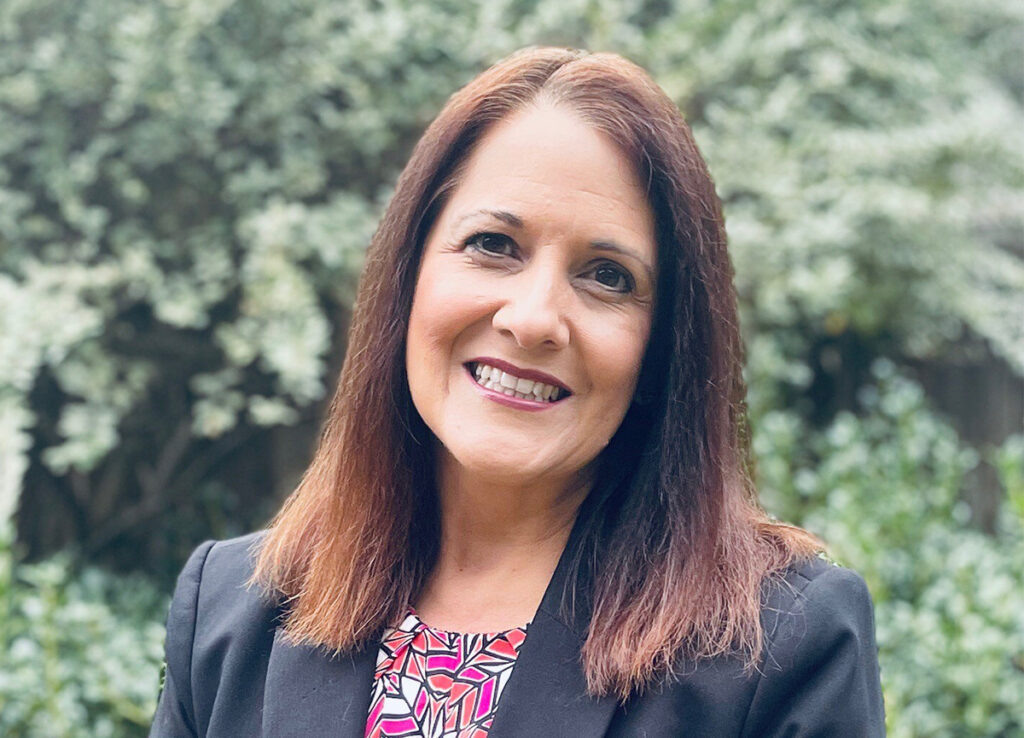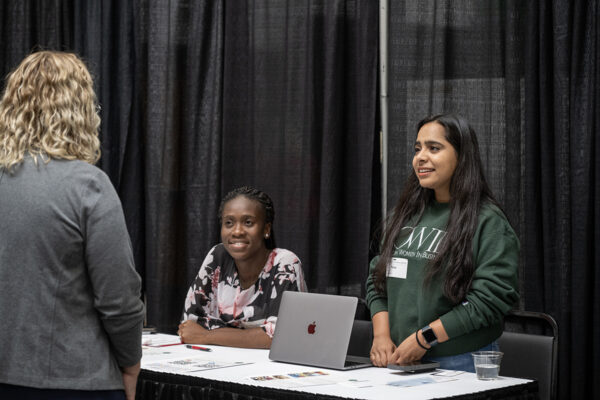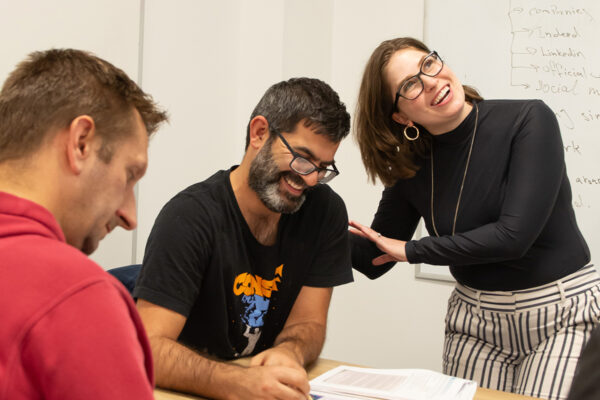In November, the National Association of Colleges and Employers reported that employers plan to hire 7.3% more new graduates from the class of 2025 than they did from the class of 2024. Today, the outlook for new grads looks much more uncertain as federal layoffs, hiring freezes and new tariffs ripple across the economy.
Still, Norma Guerra Gaier, associate vice chancellor for career development and education at Washington University in St. Louis, said that graduating students can take concrete steps to stand out in this competitive job market.

“You can’t control the economy or the national events that are happening today,” Gaier said. “But you can control how you respond. Today, strategy totally matters. It is imperative that students understand the stakes are higher and the competition is higher.”
Here, Gaier explains why graduates should spend less time applying for jobs and more time networking; how to best leverage LinkedIn; and why everyone needs a Plan B in today’s economy.
What are some of your key messages to students during this time of uncertainty?
One thing that our WashU Center for Career Engagement coaches are telling students is don’t make your Plan A be your only option. You need adjacent options in case your planning does not work out. For instance, many of our students who are interested in government are finding that the fellowships that they were pursuing are no longer available and that federal employment opportunities are on hold right now. We’re telling them, that’s not your only avenue. You can still get there, but maybe not today or tomorrow. In the meantime, let’s explore state and local government possibilities.
Health care also remains strong. The industry is always looking for talent in business and finance and people who can bring problem solving to the table. And there are also platforms like Forage (which provides job simulations) and Parker Dewey (which offers micro-internships), where students can be compensated for small projects. All engaging and thoughtful work, even if it’s short term, is valuable. These experiences will help students stand out in a competitive job market while they continue to pursue full-time opportunities.
What are some effective strategies for jobseekers?
Networking is going to be their best friend. When working with students in career coaching sessions, we advise spending about 20% of your time on the job search and 80% of your time on networking.
One way to do this is through LinkedIn. It’s not just about creating your profile, but how you leverage the connections that you make and how you use the platform for research. For instance, a student connects with a faculty member and sees someone in the faculty member’s network they want to connect with. Instead of contacting that connection directly, they should reach out to that faculty member to say, ‘I noticed so-and-so is in your network, and I would really appreciate an introduction if you’re comfortable — and here’s why.’ You have to give the why.
But networking does not have to be formal. Ultimately, with every interaction you have, you are networking. I always tell students: Tell anyone and everyone what your career aspirations are. Have that be part of your story when you talk to people because you never know who you are going to meet.
Is there any good news for the Class of 2025?
Absolutely. I’m confident that the practice of early talent engagement and hiring will continue. It’s important to keep in mind that some of the organizations that are and will be downsizing are eliminating more elevated, senior roles. What we’re hearing is early talent hiring is still going to be a necessity. They need to prepare for when the economy is more stable than the one we’re living in today. I am also hearing a lot of positive stories from our students who have had multiple opportunities and offers. So it’s not all doomsday — it is very possible for students to find opportunities that utilize their skills.


